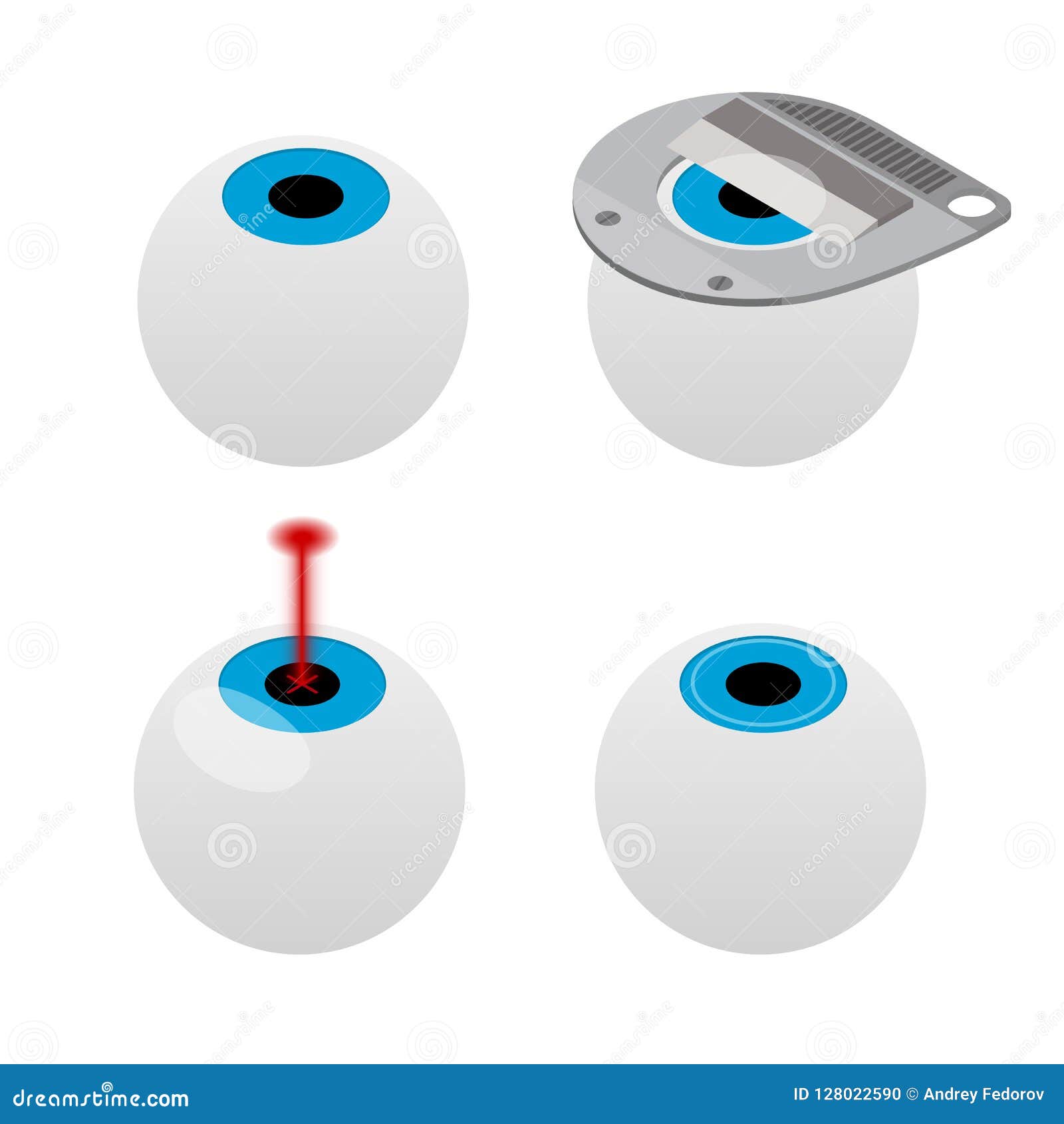A Comprehensive Guide To Refractive Lens Exchange: Details Typically Neglected By Your Optometrist
A Comprehensive Guide To Refractive Lens Exchange: Details Typically Neglected By Your Optometrist
Blog Article
Authored By-Bennetsen Dean
Have you ever before considered Refractive Lens Exchange (RLE) as an alternative for vision adjustment? While it isn't as commonly discussed as LASIK, RLE could be a game-changer for your sight. Many individuals forget its advantages, thinking conventional techniques are their only option. Yet what are the real benefits, and what might your optometrist not be informing you regarding this treatment? Allow's explore the ins and outs of RLE together.
Recognizing Refractive Lens Exchange: The Essentials
Refractive lens exchange (RLE) is an operation that can significantly improve your vision, specifically if you're handling presbyopia or extreme refractive mistakes.
During RLE, your eye doctor removes your eye's natural lens and changes it with a synthetic one customized to your vision requires. This procedure can deal with nearsightedness, farsightedness, and astigmatism, offering you more clear vision without depending on glasses or call lenses.
The surgical treatment is commonly quick, taking less than an hour, and most patients experience minimal discomfort. Recuperation is fairly quickly, enabling you to go back to your daily activities soon after.
If you're thinking about RLE, speaking with your optometrist can help you determine if it's the best choice for you.
Trick Differences Between RLE and Traditional Cataract Surgical Treatment
While both refractive lens exchange (RLE) and conventional cataract surgical procedure entail changing the eye's natural lens, their key objectives and client accounts vary significantly.
RLE is focused on people looking for to reduce their dependancy on glasses or call lenses because of refractive mistakes, commonly prior to cataracts establish. In contrast, conventional cataract surgery usually targets clients who've established cataracts, which cloud the lens and impair vision.
The lenses utilized in RLE can provide a wider range of vision modification, while basic cataract surgical procedure normally entails fundamental monofocal lenses.
Additionally, RLE prospects are commonly younger and in great general health, whereas cataract individuals may be older and have various other health issues.
Choosing the ideal treatment depends on your particular vision needs and scenarios.
Potential Benefits and Considerations of RLE
If you're considering refractive lens exchange (RLE), you'll discover a number of possible benefits that may improve your lifestyle.
RLE can offer you with clearer vision, reducing or removing the requirement for glasses or get in touch with lenses. It uses a chance to attend to presbyopia and other refractive errors concurrently, often boosting your general visual acuity.
Furthermore, RLE can be a wonderful alternative if you're not a suitable prospect for LASIK. Nonetheless, it's important to consider the factors to consider, like the expense, possible dangers, and the healing period.
Reviewing your details requirements with your optometrist can help you make a notified choice, ensuring you pick the most effective course for your vision modification.
Verdict
To conclude, refractive lens exchange supplies an unique service for vision modification that surpasses what LASIK can give. https://people.com/health/lasik-eye-surgery-what-to-know/ to evaluate the advantages against prospective risks and expenses before choosing. Do not think twice to ask your eye doctor the hard inquiries to ensure you fully comprehend the procedure and its effects for your vision. With https://www.businessinsider.in/science/health/news/a-woman-said-it-feels-like-her-eyes-are-on-fire-after-getting-laser-eye-surgery-now-shes-documenting-her-experience-on-tiktok/articleshow/83418749.cms , you can with confidence select the very best option for your eyes and way of living.
